Take a look at Apple's Freeform collaboration app, Apple's new productivity tool to help people brainstorm with others, using a shared collection of files.
Initially introduced as an inbound app at WWDC 2022, Freeform is an app that missed the original release of milestone operating systems macOS Ventura, iOS 16, and iPadOS 16. At the time, Apple said the app would arrive later in 2022, and with its inclusion in iOS and iPadOS 16.2, it appears that time has come.
While it can be used by an individual, the real purpose of Freeform is to be for collaborative brainstorming, enabling multiple people to work on the same idea or task at the same time, in a shared working environment. It's designed to be used remotely, with users able to contribute while on an iPhone, iPad, or a Mac.
In essence, it's a giant digital whiteboard that many people can draw and scribble on at the same time. As others work, you can see where they are and what they're doing via individual cursors.
The benefit is that you can contribute to someone else's work in real-time as they are fleshing out an idea or details, and they can do the same to your own additions. Or equally easily, that you can all get in each other's way if you're not careful.
All participants can use the app as part of a FaceTime call, taking part in both the call and working in the app at the same time. Participants can also see each other if they're taking part in a video FaceTime call, appearing as a picture-in-picture window.
Unlike a real, static whiteboard, you have Apple's usual array of marking types and materials to place on a piece, including pencil marks, pens, markers, and paint. On an iPad, you can also take advantage of the Apple Pencil to make complex drawings in view of other participants.
Going hands-on
The app is available for both iOS 16.2 and iPadOS 16.2, and it's also usable on macOS Ventura 13.1 as well.
When you launch the Freeform app, you'll see all of the boards you've created or you can create a new one. Apple offers some degree of organization with these boards, allowing them to be grouped by favorites or shared.
Boards can be duplicated and renamed from this overarching view. They're searchable too, making it easy to find the board you're looking for.
Whether you're creating a new board or editing a board, you have plenty of tools available to create with.
As well as drawing on the white digital expanse, you can add files and documents, including images, PDFs, links to websites, audio clips, and video. You can also preview the contents of the documents at any time without needing to leave the Freeform app itself.
One of our favorite tools is the sticky notes. These can be placed anywhere on your board with text on them. This is perfect for adding notes or comments to your whiteboard as you work by yourself or with others.
There's an immense amount of customization with all of these various tools. Sticky notes can have different colors, text sizes, or fonts. There are hundreds of shapes from household objects to common activities. And you, of course, have a full pallete of drawing tools.
Apple has added plenty of pro-level alignment tools when working on the board's canvas. When you bring two items near one another, they can snap to position, aligning vertically or horizontally.
It helps keep things perfectly spaced between each other. Items can be locked so they don't get inadvertently moved. Plus, you can change the order of items and which ones overlap others.
Available now
The appearance in the iOS 16.2 beta was a good sign that Freeform was likely to arrive as part of the public release before the end of 2022. With the updates rolling out in mid-December, Apple's accomplished just that.
Now, everyone has access to this highly versatile tool for collaborative working. While the world at large has dealt with online collaboration in the last few years, Freeform is an additional element that could further revolutionize creation between teams.
 Malcolm Owen
Malcolm Owen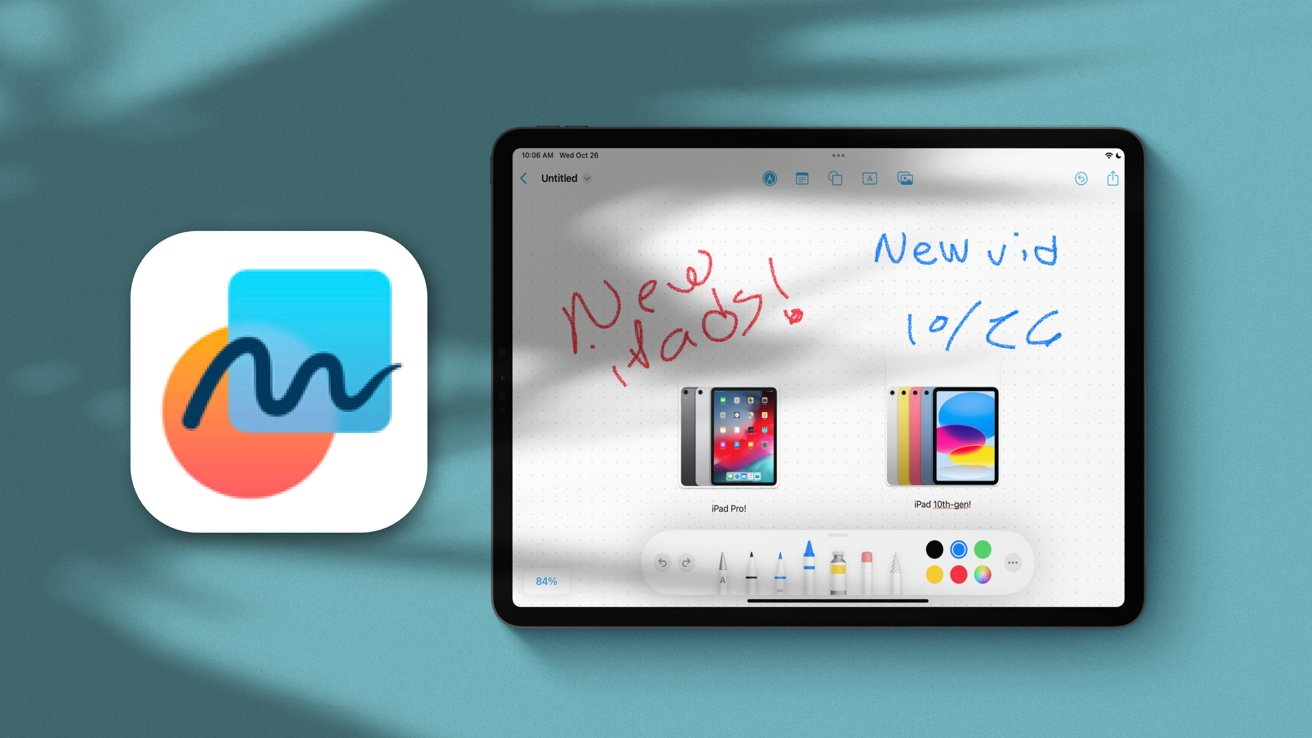
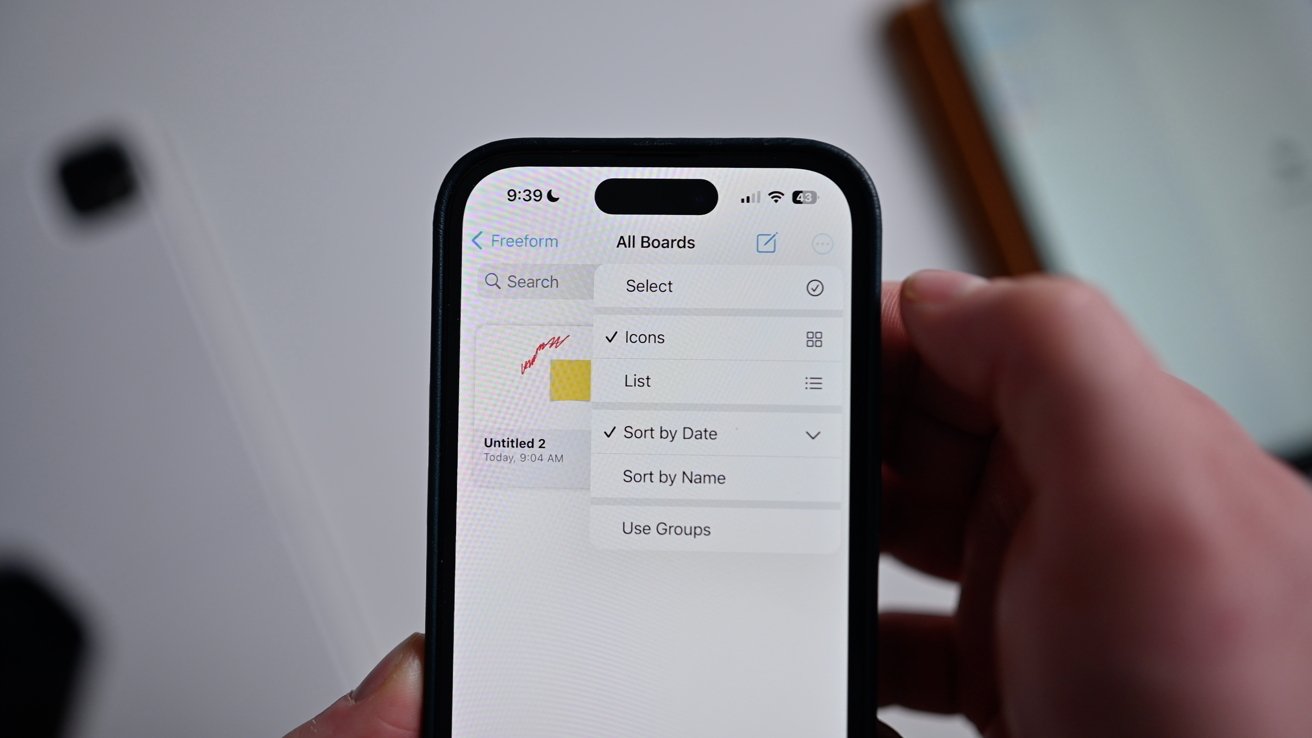
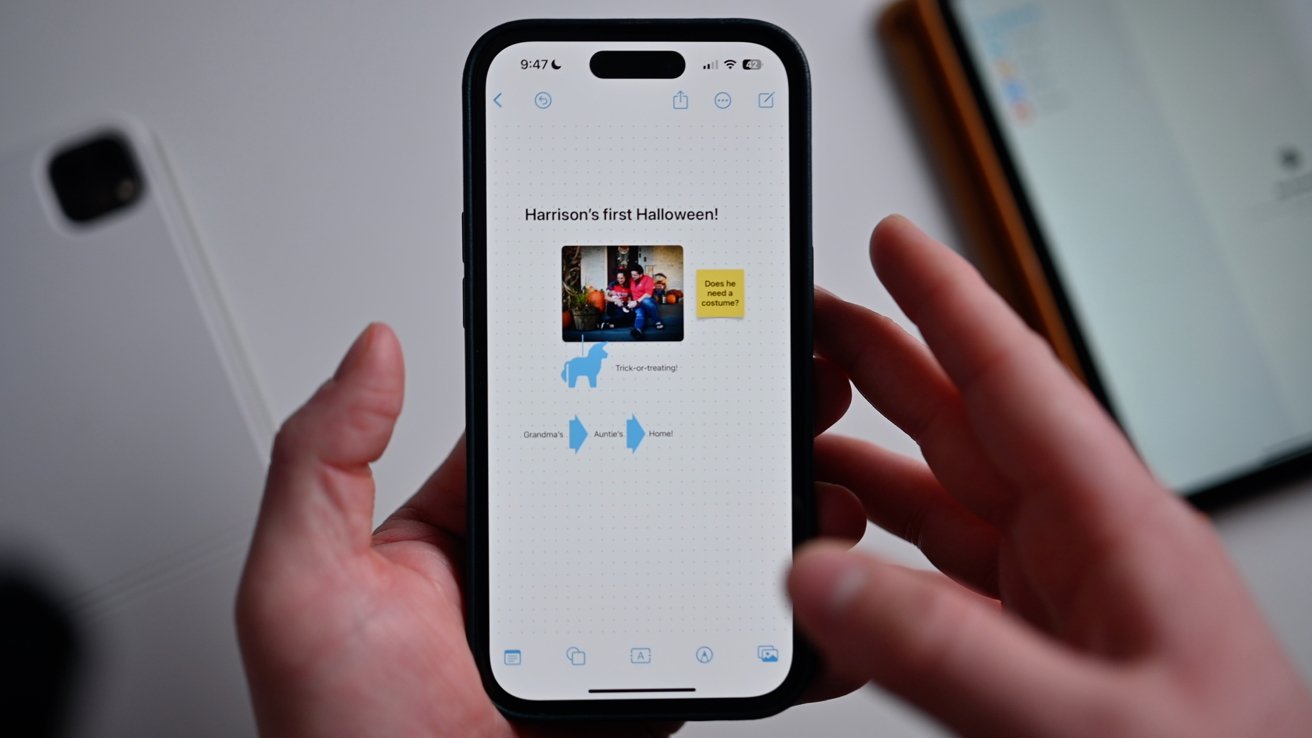
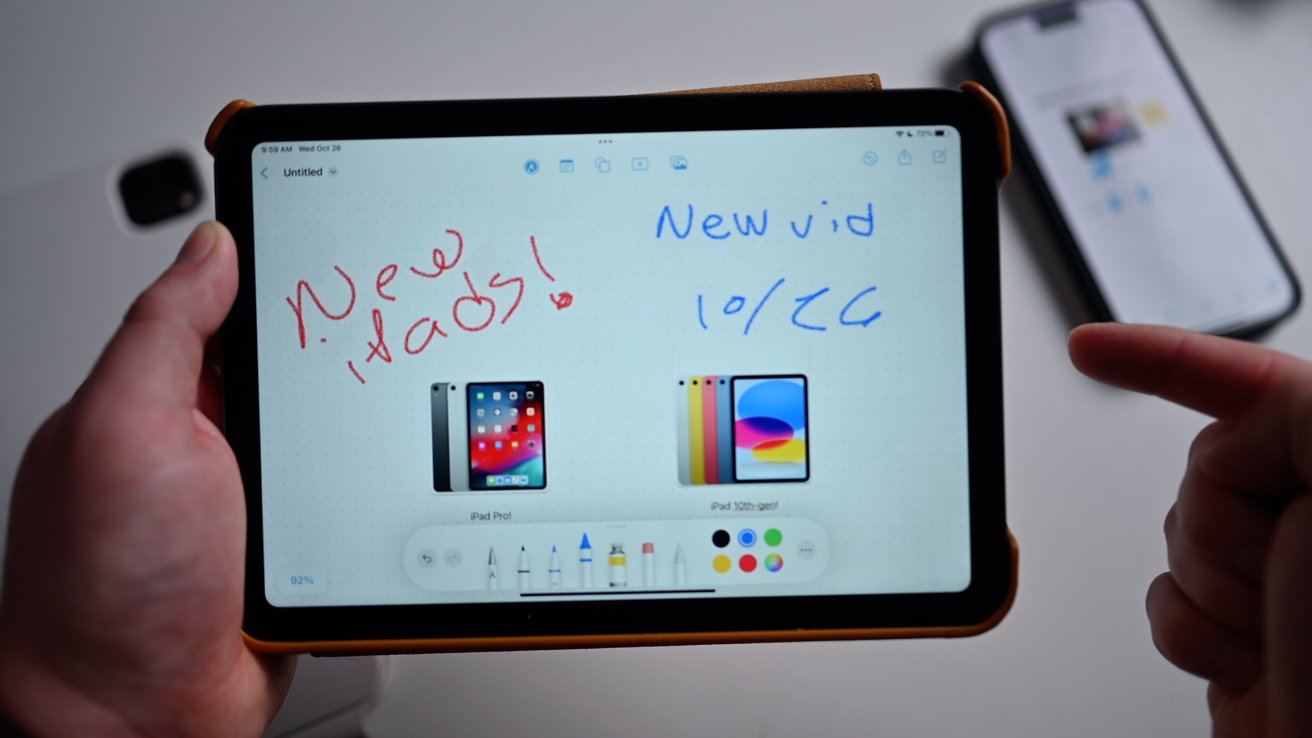

-m.jpg)





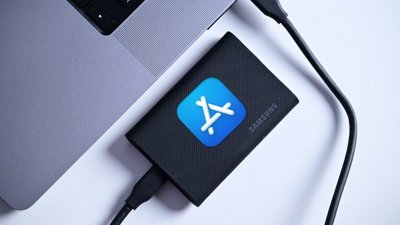
 William Gallagher
William Gallagher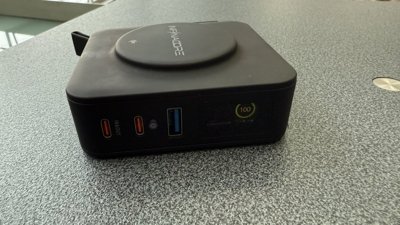
 Thomas Sibilly
Thomas Sibilly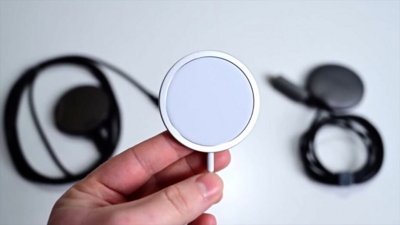
 Andrew O'Hara
Andrew O'Hara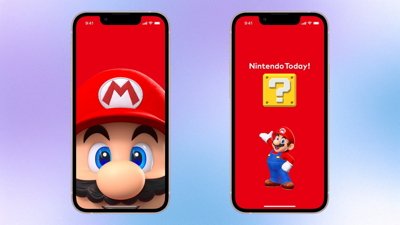
 Amber Neely
Amber Neely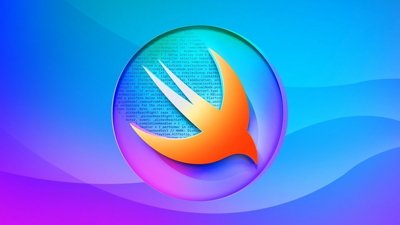
 Marko Zivkovic
Marko Zivkovic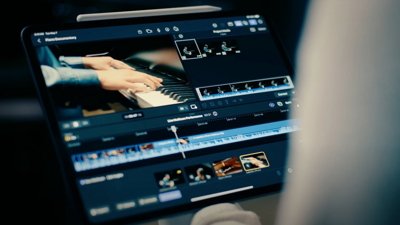
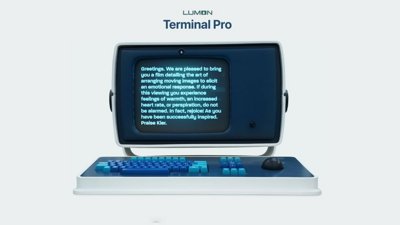
 William Gallagher and Mike Wuerthele
William Gallagher and Mike Wuerthele










6 Comments
How does this stack up against Miro?
What I like about Miro is its integrations with and into other platforms, the huge amount of templates and the SSO authentication for the workplace environment.
If it’s anything like iWork, I fear no company or team is going to use it because it’s not designed with an actual workplace setting in mind, like GSuite is, which is quite extensive in how you can set up organizations, roles, domain and file management.
Microsoft’s OneNote had this capability at least a decade ago. It may still be in there. It did good demo but nobody on any team I’ve been on wanted to use it. Same deal with smart whiteboards. About the only thing that seems to maintain its appeal is real, physical white boards with someone coordinating and facilitating the sessions, not a bunch of people all writing on the whiteboard at the same time. the human to human interaction is key. The tool is secondary. I have high hopes for this just like I’ve had high hopes for everything similar. Let’s see if it gains traction.